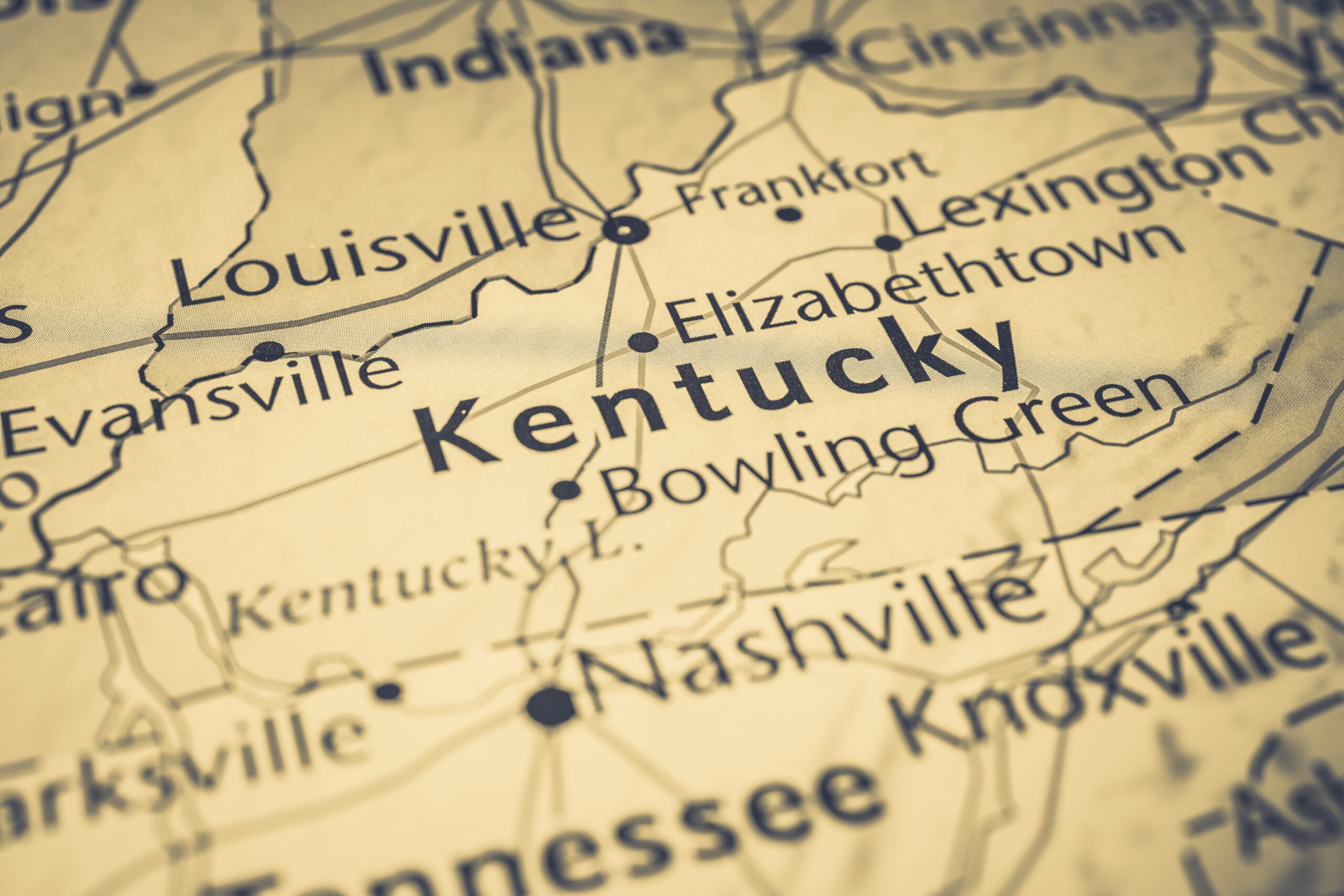Whiskey credentials
America is one of the world’s largest producers of whiskey. It is one of the Big Five sitting alongside Canada, Ireland, Japan and Scotland. There are numerous styles with different recipes, ingredients and production methods. Bourbon is the most well-known and most consumed of these. Several other categories exist including Tennessee whiskey, rye, corn, blends and single malt.
In the beginning
Whiskey was introduced to America by immigrants and pioneers that colonised the continent from Scotland, Ireland and Europe in the 1700s. These settlers made whiskey as they had back home, but very quickly encountered problems. Barley struggled to grow in the challenging climates of the American Midwest, eastern and southern states.
This forced them to use alternative raw materials to produce whiskey, due to different climate and soil conditions. This included maize, which is indigenous to parts of the United States and Mexico. They learned to mix different grains together depending on what was available.
Over time these different recipes and combinations of grains have evolved. The result is that now American whiskey bears very little similarity to its Scottish or Irish counterparts. Some even challenge if they are whiskey at all. However, the definition of what makes something a whisky is simple – it must me made from cereal, distilled and then aged in wood. And American whiskeys follow this method.
Whisky or whiskey?
You may be wondering why there are two spellings of whisk(e)y. Americans and Irish tend to use whiskey with an ‘e’ compared to the Scots version without it. Whether it is one or the other has caused many arguments through history.
This difference comes from the Anglicised translations for ‘whisky’, or uisge beatha, from the Scottish and Irish Gaelic languages. Because the early American whiskey industry was heavily influenced by Irish immigrants, their version has stuck. Similarly, Japanese whisky does not use the ‘e’ as early pioneers were influenced by Scotch.
Production evolution
Early American whiskeys were produced using Alembic stills – these have a distinctive copper pot shape and originated in the Arab world, where they were predominantly used to produce medicinal alcohol and essences. This was the type of still used by the early European immigrants and settlers. They are small, easily transportable and quick to move if discovered by the authorities.
This changed in the 1830s with the development of the column still. An Irishman named Aeneus Coffey patented a design that allowed continuous production and therefore much greater volume. He had evolved designs of fractional distillation stills from the early 1800s. This type of still is how many of the large brands produce their whiskey today and is also known as a Coffey Still.
Copper pot stills, as used to make Scotch single malt, are also used but are not as commonly seen with the bigger brands. These stills are more often used in the expansive craft and artisan American whiskey distilling scene. This phenomenon has swept around the globe but started in the USA. This has also given birth to experimentation and innovation outside of the traditional laws and rules.




